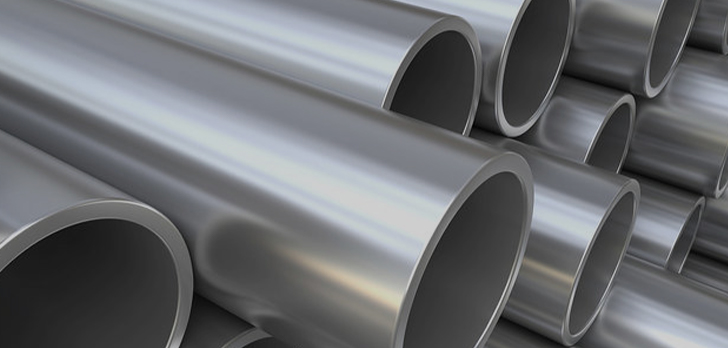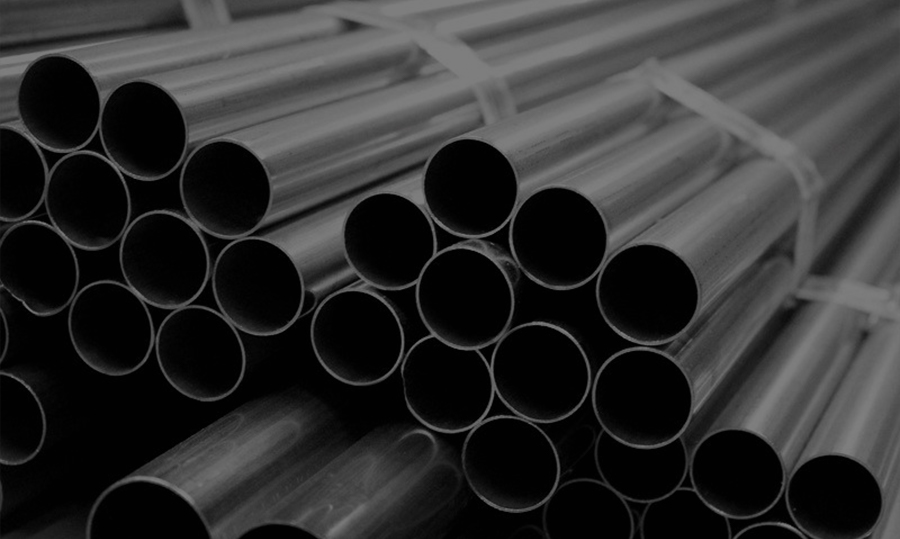Successful Engineering in the world of seawater requires selecting compatible and corrosion-resistant materials due to the destructive and salty nature of the marine environment. Industries that require high-quality piping to be able to withstand corrosion and high heat conditions often turn to seamless pipes, particularly those made from steel. Nufit Flanges, also a leader in the same domain, has always backed the utilization of seamless steel pipes for seawater systems as these are highly durable, corrosion-resistant, and efficient. In this blog, we will discuss the applications and characteristics of the seamless pipes and tubes based on their specification and ASTM standards such as ASTM A312 and ASTM A106.
The Challenge of Seawater
Seawater is known to be one of the most corrosive agents that attack the materials used in civil structures and engineering applications. The natural occurrence of salt, fluctuating high moisture levels, and temperatures lead to rapid deterioration of metals through corrosion and pitting. The material for infrastructure such as seawater piping systems must withstand not only these conditions to the greatest possible extent, but also to ensure longevity and reliability as well.
Factors for selecting Seamless Steel Pipes
Superior Corrosion Resistance
- Material Selection : The pipes used for seawater applications are usually made from corrosion-resistant materials such as ASTM A312 stainless steel or carbon steel materials such as ASTM A106. These materials are designed to resist the corrosive action of saltwater such as chloride pitting and crevice corrosion.
- Absence of Welds : Seamless pipes and tubes are made from a single metal and do not have the weld seam which is a common place for corrosion to start. This monolithic construction greatly improves their resistance to saltwater corrosion.
Enhanced Structural Integrity
- Manufacturing Process : Seamless steel pipes are produced through a hot or cold working process, which helps in improving the grain structure of the steel to be more uniform and hence less prone to stress cracking. This leads to pipes with very high structural strength.
- Stress Distribution : Seamless pipes do not have welds and this makes the stress to be distributed evenly across the cross-section of the pipe. This reduces the chances of having localized stress concentrations that may cause early failure, especially in the service of seawater systems.
Improved Flow Characteristics
- Hydraulic Efficiency : The inner surface of seamless pipes is smooth and this means that there will be less friction when the seawater is flowing through the pipes. This results in reduced pumping costs and enhanced general hydraulic efficiency.
- Maintenance and Fouling : Seamless pipes also do not have weld seams and the interior surface is smooth which means that there is less chance of marine organisms and debris sticking to the pipe thus reducing the chances of biofouling and therefore less maintenance is required.
High-Pressure Performance
- Pressure Tolerance : Seamless steel pipes are also especially valued for their high-pressure capacity which is rather useful in seawater systems that might experience pressure changes due to tidal waves or pumping operations.
- Safety Considerations : Seamless pipes possess better strength than welded pipes; therefore, the safety of the system is boosted, and it becomes more reliable even under high pressure. This is pertinent, especially in areas of higher risk such as in the offshore structures or the desalination facilities.
Cost-Effectiveness Over Time
- Initial Investment vs. Long-Term Savings : Even though the cost of seamless steel pipes could be slightly higher than welded pipes, the former has been subjected to fewer failures and has low chances of corrosion thus resulting in low chances of maintenance as compared to their welded counterpartsc.
- Total Cost of Ownership : Taking into account the initial cost, maintenance, repairs, and time losses TCO seamless steel pipes are considered to be the most effective for seawater systems.

Conclusion
Seamless steel pipe can be considered for your seawater systems because it is produced to meet the high mechanical properties required, and is produced to very stringent ASTM A312 and ASTM A106 standards. These piping solutions, made from polyethylene pipe, prove to be an efficient, reliable, and economical answer to the needs fighting the conditions of the marine environment. Nufit Flanges still promotes and provides premium quality seamless pipes and tubes for this critical application, to offer performance and durability. Seamless steel pipe is also one of the important seawater systems and is considered an important part of the sea intervention with selecting responsible materials and standards
Contact us today at sales@nufitalloys.com to learn more about how our seamless steel pipes can enhance the safety, reliability, and efficiency of your seawater systems.

